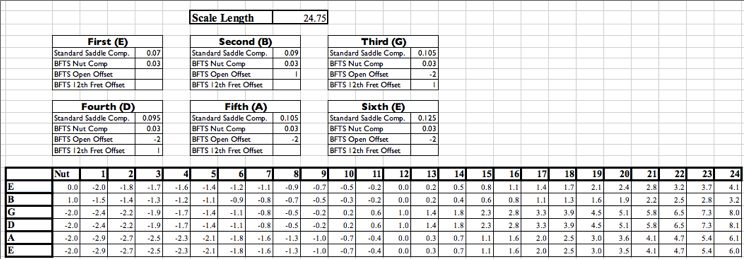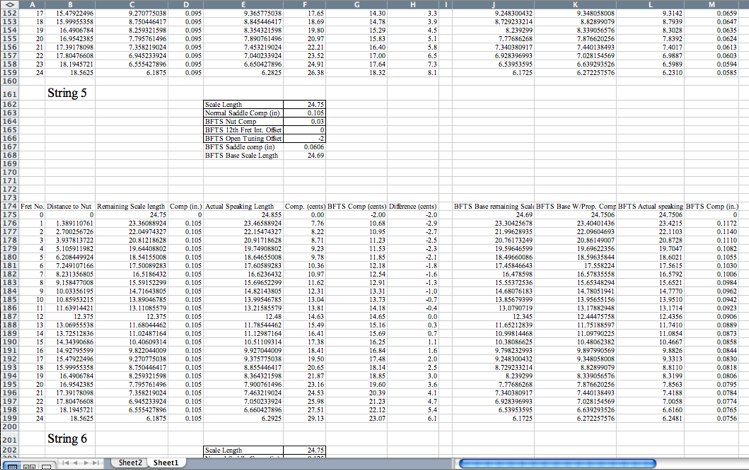Nehemiah, I should add that I can completely identify with your fascination with tuning and temperament, in spite of knowing that it is in some sense chasing the wind.
Though at this point I know there is no "solution", that shouldn't stop anyone from trying. No, I don't believe a universal
solution will be found, but the humble exercise of trying can only lead to a better understanding of the dilemma, and prepare one to better deal with it's shortfalls.
People do occasionally find solutions, and with enough pomp they can gain footing and be embraced by the public. This has happened time and time again over many centuries. Each time however, enthusiasm has waned as the
solution's shortfalls eventually trickle out. Eventually it may fade from being seen as a glorious answer to our problems, to simply an accepted alternative with slightly different flaws of it's own. That, or it may be abandoned completely, save for small sects of loyal devotees.
I think this is a key point for anyone trying to develop or improve upon a system. The more you educate yourself on the history of intonation and temperament, the better prepared you are to view your own proposals through a clearer lens. It also helps to have studied what is already know and been tried before turning down a well travelled dead end
Still, I would never discourage folks from attempts to improve our system. At the very least it's a wonderful academic exercise, and even if nothing else it will improve your intimate understanding of our 12 tone scale. I am constantly playing with the numbers myself, from real world measurements on strings to purely theoretical mumbo jumbo. The past 3 days I've been working on a spreadsheet related to the BFTS. No new ground being broken here, but it's fun academics and has challenged me to be creative with complex logarithmic and exponential equations. It's fun.


That was a bit of a challenge for me, but laying it out and working out the bugs was a nice refresher course in algebra and Excel.

.



